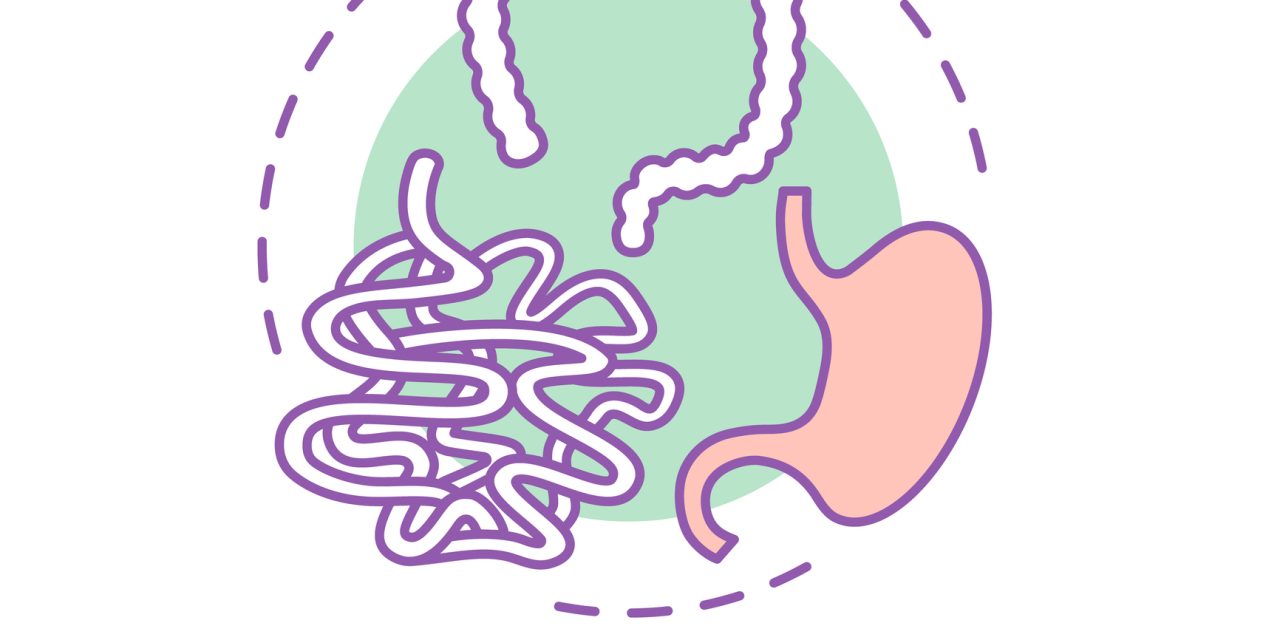To document and analyze the overall longitudinal institutional treatment experience of children with nonsyndromic Robin sequence (RS) from infancy to early adulthood.
Retrospective longitudinal treatment review.
A tertiary-care, referral, teaching hospital.
Children with nonsyndromic RS and cleft palate (N = 117) born between December, 1985, and January, 2012.
Data regarding airway management, nutritional management, audiological interventions, orthodontic treatment, and surgical interventions were documented and analyzed in different growth/developmental stages. Comparative data from other international centers were collected from the literature.
Airway management during infancy involved prone positioning (92%), nasopharyngeal airway (6%), tracheostomy (2%), and mandibular distraction osteogenesis (1%). Feeding with nasogastric, gastrostomy, and/or gastrojejunostomy tubes was used in 44%, Haberman feeders in 53%, and Mead Johnson feeders in 3%. Gastroesophageal reflux disease was documented in 6% of the sample. During childhood and early adolescent years, pharyngeal flap surgery was carried out in 22% of the children, while 11% had secondary palatal surgery. Audiological management included the use of tympanostomy tubes in 62%, with several children needing multiple tube replacements. At least 18% were diagnosed with obstructive sleep apnea. Adenoidectomy or adenotonsillectomy was undertaken in 4%. Analysis of data pertaining to middle childhood and adolescent years showed that orthodontic treatment was conducted for most children for crowding, tooth agenesis, and skeletal and/or dental dysplasia. Orthognathic surgery frequency (<18%) was low.
Institutional treatment experience of children with nonsyndromic RS involves multidisciplinary care at different ages and stages of their development.
A Retrospective Longitudinal Treatment Review of Multidisciplinary Interventions in Nonsyndromic Robin Sequence With Cleft Palate.


